
Tongli iron ore ball mill is an efficient grinding equipment. The working principle is to use the grinding balls in the grinding barrel to carry out impact and friction to grind the iron ore to the required fineness, usually 200 mesh to 325 mesh. It can handle many types of iron ore, including hematite, Magnetite, etc., the ball mill processing capacity range is 10-100 tons/hour. Using our ball mill can increase the grade of iron ore from 30-40% of raw ore to 65-68%. The energy consumption of this equipment is 15% lower than that of traditional ball mills. -20%, significantly improving economic benefits.


Efficient Iron Ore Ball Mill Grinding Solution
A MACHINE YOU CAN DEPEND ON!
The iron ore ball mill produced by Tongli Heavy Industry is suitable for processing various non-flammable and non-explosive mineral materials with Mohs hardness below 9.3 and humidity below 6%. It is widely used in non-ferrous metal, ferrous metal, non-metallic ore dressing fields, chemical industry and building materials industry. It supports open flow grinding and circulating flow grinding, has strong adaptability and meets various grinding needs.
Tongli adopts a unique spiral feeding device to improve the uniformity of material feeding to more than 95%, which is 30% higher than the traditional method. The feed rate can be adjusted from 0.5 to 5 tons/hour, and the grinding efficiency is improved by 15-20%. Uniform feeding reduces the energy consumption per ton of material by 8-10%.
Tongli ball mill is equipped with an advanced automatic ball adding system to achieve online replenishment of steel balls without stopping. Accurately control the steel ball filling rate to ensure stable grinding effect. Reduce downtime and improve capacity utilization by 8-10%. Reduce energy consumption per ton of ore by about 5%. Reduce the risk of manual operation.
Tongli ball mill adopts an innovative stepped liner design, which improves the grinding efficiency by about 15%. High-strength wear-resistant alloy materials are precisely processed to extend the service life of the liner by 20-30%. The optimized internal structure increases the effective grinding area. This design is not only suitable for wet and dry grinding, but also reduces operating noise.
| Specification (m) | Output (t/h) | Rotation Speed (r/min) | Particle Size (mm) | Load Capacity (t) | Effective Volume (m³) |
| φ2.6×13 | 28-32 | 19.61 | ≤25 | 75 | 60 |
| φ3.0×13 | 33-37 | 18.08 | ≤25 | 108 | 80.9 |
| φ3.2×13 | 45-50 | 17.8 | ≤25 | 128 | 92.4 |
| φ3.2×14 | 48-52 | 18.04 | ≤25 | 138 | 99.8 |
| φ3.5×13 | 55-60 | 17.09 | ≤25 | 160 | 111.2 |
| φ3.8×12 (closed-circuit) | 110 | 16.6 | ≤25 | 175 | 123.6 |
| φ3.8×13 | 66 | 16.4 | ≤25 | 195 | 129.3 |
| φ4.0×13 | 80-85 | 15.5 | ≤25 | 235 | 155 |
| φ4.2×13 (closed-circuit) | 140-155 | 15.6 | ≤25 | 240 | 157 |
The optimal ball filling ratio for ball mills used in grinding iron ore typically falls between 28% and 35%. This range is considered to ensure the best grinding efficiency. Specifically:
For a ball mill with a diameter of 3 meters, the filling ratio might be closer to 28%.
For larger ball mills with a diameter of 5 meters, the filling ratio might be closer to 35%.
Maintaining an appropriate filling ratio can enhance grinding efficiency by approximately 15-20%. Additionally, it helps reduce the wear and tear on both the grinding balls and the mill liners, potentially extending their lifespan by about 25-30%.
Regular monitoring and adjustment of the ball filling ratio are critical to achieving optimal performance and longevity of the ball mill.
The steel ball consumption rate in ball mills typically ranges between 400 and 1000 grams per ton of ore processed. For example:
When processing iron ore with a hardness of 5-6 Mohs, the steel ball consumption is approximately 600-800 grams per ton.
Factors Affecting Steel Ball Consumption:
1.Quality of Steel Balls: Using high-quality alloy steel balls can reduce consumption by 15-20%.
2.Optimal Filling Ratio: Maintaining the appropriate ball filling ratio and optimizing the gradation of steel balls can further reduce consumption by 5-10%.
Example Calculation:
For a processing plant with an annual capacity of 5 million tons of ore, optimizing the use of steel balls can save about 1500-2000 tons of steel balls annually.
Regular assessment and optimization of these factors can lead to significant savings and improved efficiency in ball mill operations.
The optimal rotation speed for ball mills is generally 70-80% of the critical speed. The critical speed is determined by the diameter of the ball mill and can be calculated as follows:
Steps to Calculate Critical Speed:
1.Determine the Internal Diameter (D) of the ball mill in meters.
2.Use the Formula: Critical speed (in rpm) = 54.2 divided by the square root of the internal diameter (D).
Example Calculation:
For a ball mill with an internal diameter of 4 meters:
Calculate the Square Root of 4, which is 2.
Divide 54.2 by 2 (the square root of 4), resulting in a critical speed of 27.1 rpm.
Optimal Rotation Speed:
70-80% of the Critical Speed: For a critical speed of 27.1 rpm, the optimal rotation speed would be between approximately 19 rpm (70% of 27.1) and 22 rpm (80% of 27.1).
Benefits of Operating at Optimal Speed:
1.Enhanced Grinding Efficiency: Operating within this speed range can increase grinding efficiency by 15-20%.
2.Reduced Wear and Tear: It minimizes excessive wear on the mill liners and grinding balls, potentially extending their lifespan by 25-30%.
Maintaining the optimal rotation speed is essential for maximizing performance and durability of the ball mill.
Product Size Range:
The product size from a ball mill varies depending on the application. Typically, the P80 (the size at which 80% of the product passes) ranges between 75 and 300 microns. For instance, in iron ore beneficiation, the typical product size P80 might be between 100 and 150 microns.
Importance of Controlling Product Size:
Precisely controlling the product size is crucial for subsequent beneficiation processes. Over-grinding can increase energy consumption by 20-30%, while an overly coarse product size can reduce the recovery rate by 5-10%.
Tools for Monitoring and Adjustment:
Using online particle size analyzers allows for real-time adjustments to grinding parameters. This ensures that the product size remains within ±5% of the target value, thereby improving overall beneficiation efficiency by 3-5%.
Basis for Selection:
The grading of steel balls in a ball mill should be determined based on the feed characteristics and the desired product. A typical three-stage grading might include large balls (90-100mm) making up 30%, medium balls (60-80mm) making up 45%, and small balls (40-50mm) making up 25%.
Benefits of Optimizing Ball Grading:
Optimizing the steel ball grading can increase grinding efficiency by 8-12% and reduce steel ball consumption by 10-15%. For example, in the grinding of iron ore with a feed size P80 of 15mm and a product size P80 of 100 microns, using an optimized ball grading can increase processing capacity from 200 tons/hour to 216-224 tons/hour. Additionally, it can reduce steel ball consumption from 800 grams/ton to 680-720 grams/ton.
Basis for Choosing Liners:
The selection of liners for an iron ore ball mill should be based on the grinding process conditions and the operating environment of the mill. Common liner materials include high manganese steel, alloy steel, and rubber. High manganese steel liners are suitable for high-impact environments, offering high wear resistance and toughness. Alloy steel liners are ideal for medium-impact environments, balancing wear resistance and impact resistance. Rubber liners are suitable for low-impact environments, effectively reducing noise and energy consumption.
Importance of Optimizing Liners:
Choosing the appropriate liner material and configuration can extend the liners' lifespan, reduce replacement frequency, and improve the overall efficiency of the mill. For example, when processing high-hardness iron ore, using high manganese steel or alloy steel liners can extend the liner lifespan by 20-30% and reduce grinding costs by 10-15%.
Real-time Monitoring and Adjustment:
With the integration of online monitoring technology, the wear condition of liners can be monitored in real-time, allowing for timely adjustments and replacements. This ensures that the mill operates in optimal conditions, improving production efficiency by 5-8%.
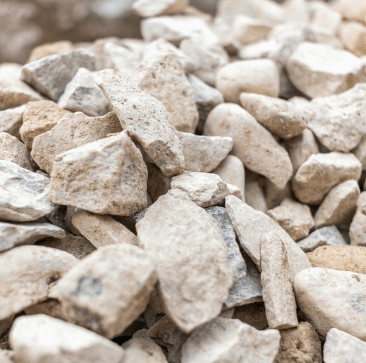
Used in the ceramic and glass industries, ball mills can improve its transparency and strength.

Raw materials for making glass and ceramics, ball mills can improve its melting properties.
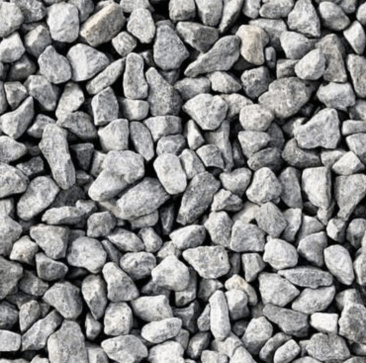
Ore that provides iron raw materials, ball mills can improve refining efficiency.
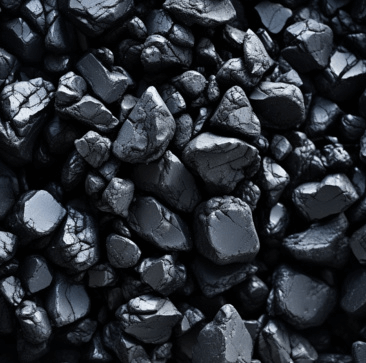
Used in ceramics and refractory materials, ball mills can improve its heat resistance and stability.
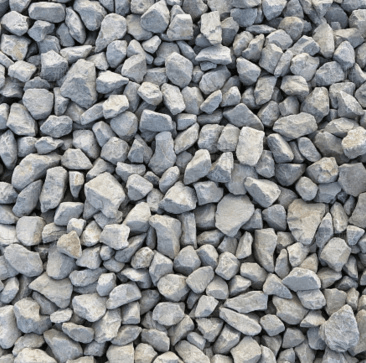
Used in refractory materials and building materials, ball mills can improve its heat resistance.

Raw materials for making alloy steel, ball mills can improve its smelting efficiency.
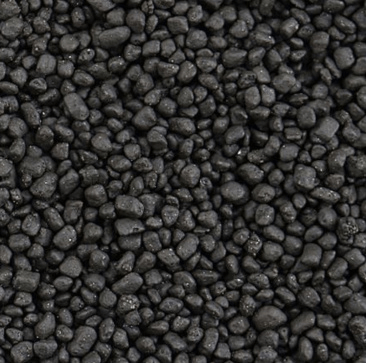
Manufacturing flame retardants and alloys, ball mills can improve their purity.
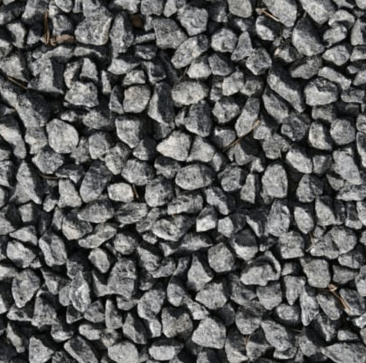
Provides a source of precious metal platinum, ball mills can improve its extraction efficiency.
You can get in touch with us through the following contact information
AddressNo. 2289 Huancheng South Road, Tongxiang, Jiaxing, Zhejiang Province, China. Zip code:314500
Please fill in the sales inquiry form and our sales representatives will be in touch shortly.